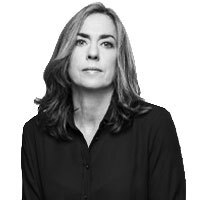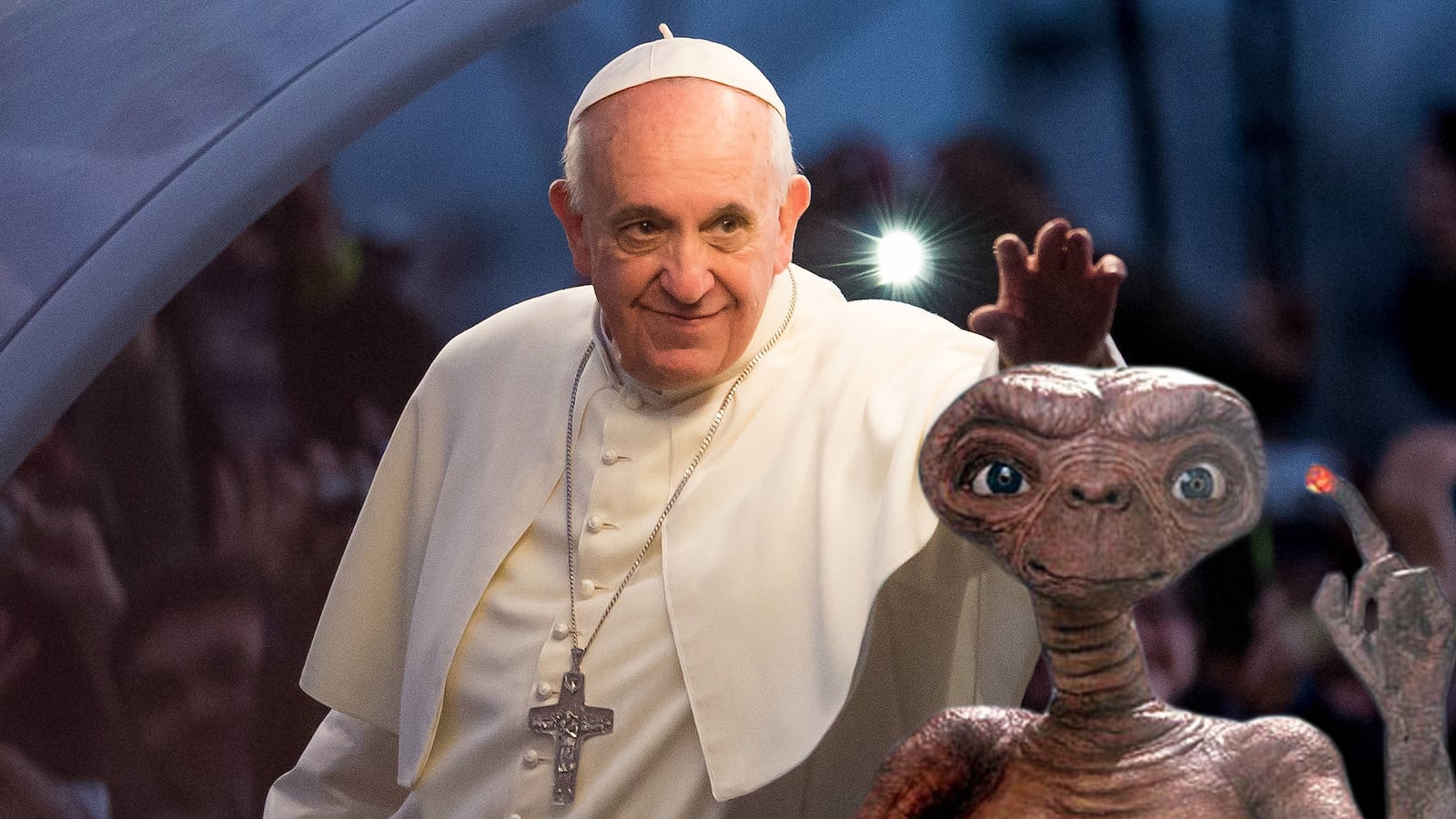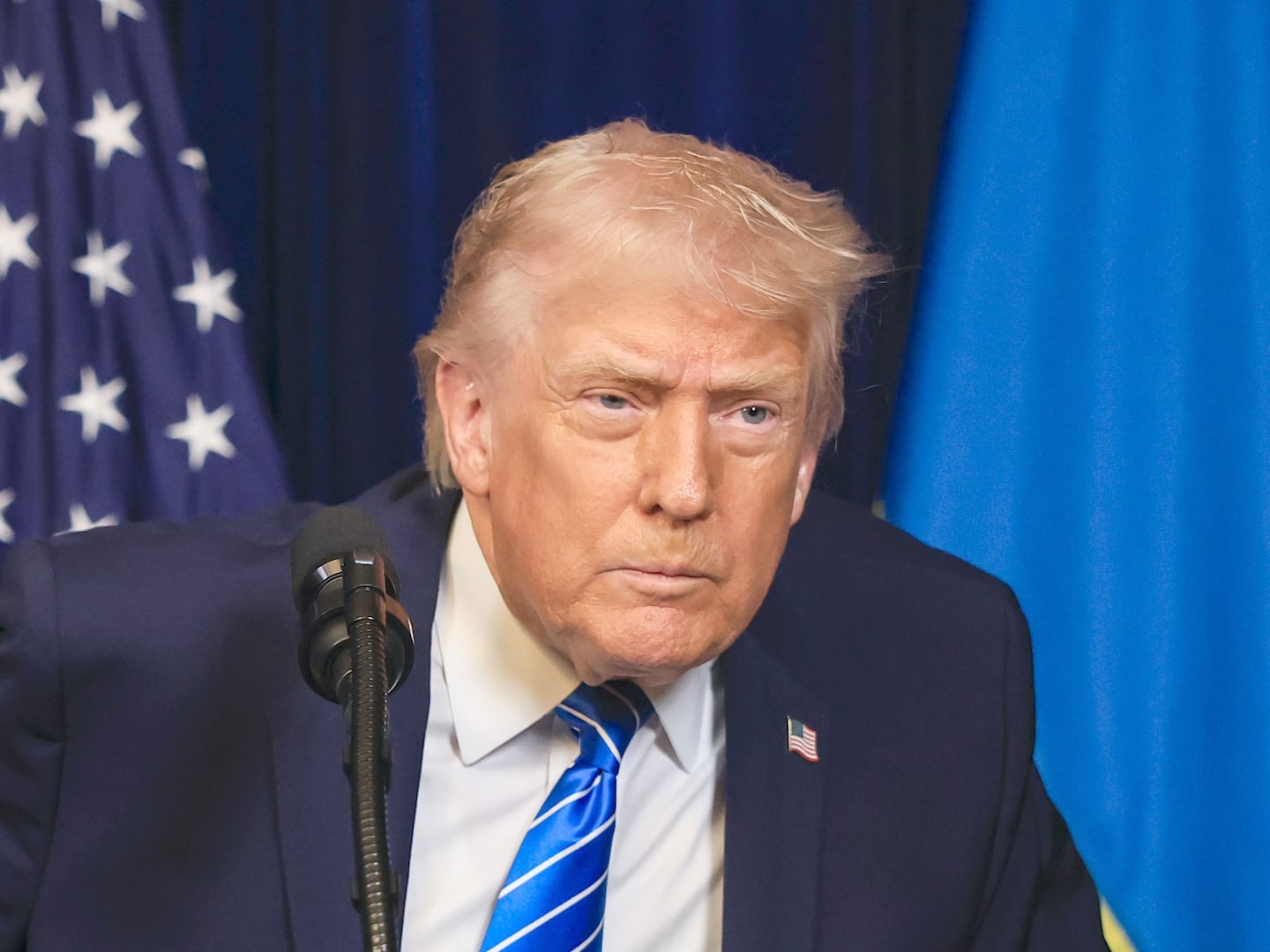Forget all the arguments about evolution versus creationism and the natural versus the spiritual. Science and religion share plenty of middle ground, according to two priests who have just penned a book called Would You Baptize an Extraterrestrial? due to hit bookstores in October.
The authors are Rome-based, American-trained Jesuit brother Guy Consolmango, head of the Vatican Observatory Foundation, and philosopher of science Paul Mueller, who serves as the superior of the Jesuit community that occupies the papal villa at Castel Gandolfo. Both are strong advocates of the integration of faith and science. Their book is a fascinating compilation of conversations focused on six main questions “from the inbox” of the Vatican Observatory with somewhat irreverent answers written as often humorous dialogue between the two Jesuit priests. It reads a bit like a play, or what one might imagine is standard conversation at the Jesuit scientists’ dining room table.
In one passage Brother Consolmango explains the setup of daily life as a science priest. “We get to live and work with a group of Jesuit scientists who take both science and faith very seriously,” he writes. “We all work together in the lab, but we also pray together in the chapel. In our daily lives, we don’t feel any particular conflict or tension between science and faith.”
The topics include the Big Bang Theory—first theorized by Jesuit priest Georges Lemaitre in 1927 and later expanded by the secular scientific community; the demotion of poor planet Pluto; the controversy surrounding the Church’s treatment of Galileo; the scientific explanation for the Star of Bethlehem; and the end of the world. The book ends on the question of extraterrestrial life and whether or not the Catholic Church would baptize aliens, which, according to Consolmango, it would, “if she asked.”
Pope Francis first posed the alien question in May during a sermon on acceptance in which he said the Church should not be so judgmental. “If—for example—tomorrow an expedition of Martians came, and some of them came to us, here... Martians, right? Green, with that long nose and big ears, just like children paint them... And one says, ‘But I want to be baptized!’ What would happen?” he asked parishioners. “When the Lord shows us the way, who are we to say, ‘No, Lord, it is not prudent! No, let’s do it this way...’”
The chapters of the book are each set in different places over a period of six days, including the Art Institute of Chicago, the Antarctic Ice Plateau, the Tower of the Winds in Vatican City and at a dining room table on the day the world ends, which give the priests a vehicle around which to shape their conversations. The quirky chapter on extraterrestrial life is set at Los Angeles International Airport.
In an interview with the Jesuit magazine America, the scientist-priests say they wrote the book both for people who are interested in science but dubious about faith, and for those devout Catholics who feel a bit at sea regarding science and how it relates to faith. “We’re not trying to convert the unbeliever,” says Mueller. “We’re trying to help the intelligent, well-read Catholics to enjoy their faith in a deeper and more integral way, and to see the truths they already hold in many different new lights.”
The toughest questions in the book are in the chapter entitled “Biblical Genesis or Scientific Big Bang,” which is a topic that many Catholics struggle with who subscribe strictly to the Adam and Eve theory. But the scientific priests do a good job breaking down the facts of the matter. They pose the question, “If you believe that God speaks to us through Scripture, then why don’t you accept the story of Creation given to us in the Bible?” Consolmango writes that the Bible actually contains several contradictory Creation theories. “Maybe the people who ask us that aren’t getting that there’s more than one way to look at the picture,” he writes. “The Bible contains several different Creation stories. It just isn’t possible for all of them to be literally true—they disagree with one another! Since they can’t all be true in the same way, that means you need to be able to develop some way to flip back and forth between different descriptions even within the Bible itself.”
On the chapter about alien life, Consolmagno, who is a 2014 recipient of the Carl Sagan Medal for excellence in public communication in planetary science, is tongue in cheek, but ultimately says he believes aliens exist. Consolmagno presented his theories on alien life at a symposium called Preparing for Discovery: A Rational Approach to the Implications of Finding Microbial, Complex or Intelligent Life Beyond Earth” hosted by NASA and the Library of Congress symposium on September 18-19. He has long held the theory that alien life exists, and that aliens could be future Catholics. “Any entity—no matter how many tentacles it has—has a soul,” he has said numerous times in his long career.

The priests conclude that there is common ground on even the most contentious topics that pit science versus spirituality. “Since humans are capable of gaining true knowledge about the world by doing science, science must be taken into account when interpreting Scripture,” Mueller writes. “If there’s a passage of Scripture that seems to contradict what we know from science, then that passage should not be interpreted literally—it should be interpreted figuratively.”
On the creation issue, Mueller sums it up as a compromise: “Both atheists and Christian apologists have tried to read theological significance into the Big Bang Theory, either as a confirmation of the biblical story of Creation or as a substitute for divine creation,” he writes. “But it’s a mistake (and strategically unsound) to try to prove or disprove religious beliefs on the basis of currently accepted scientific theories, because those theories will likely change someday.”






